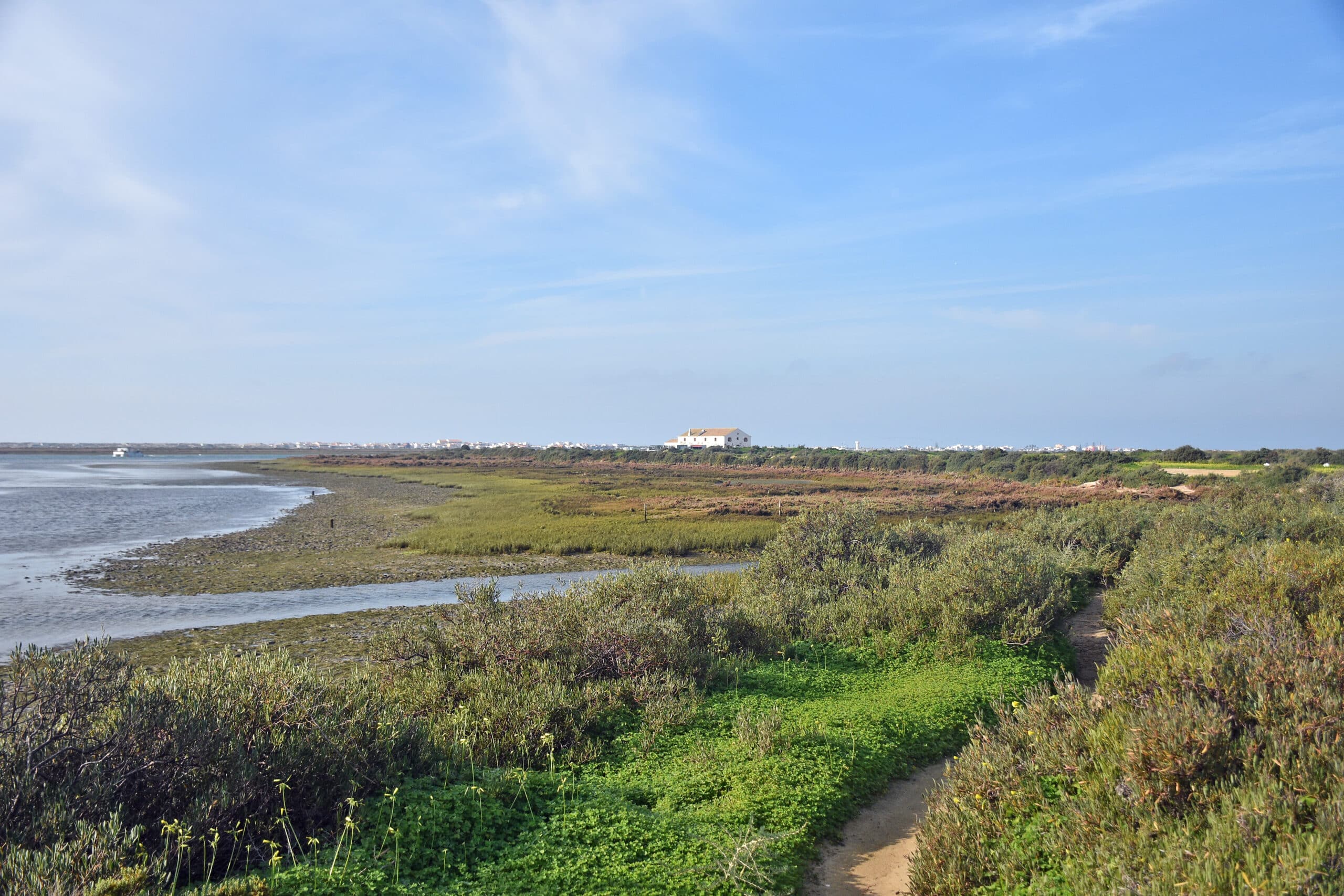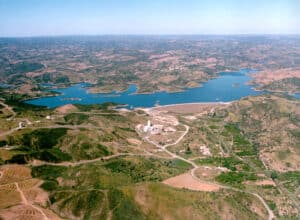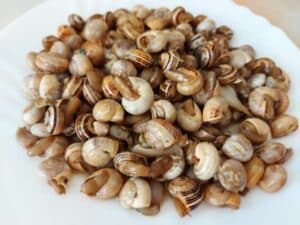Rising temperatures can reduce wetlands’ capacity to store carbon
Researchers from the Centre for Marine Sciences (CCMAR) at the University of the Algarve (UAlg) took part in an international study in which tea bags were used as a device to measure organic matter decomposition rates.
“The research revealed how rising temperatures can reduce the capacity of wetlands to store carbon, which is essential for mitigating climate change,” reads a statement released by CCMAR.
An international team of scientists buried 19,000 bags of green tea and rooibos in 180 wetlands in 28 countries to measure the capacity of wetlands to retain carbon in the soil, known as wetland carbon sequestration.
According to the press release, although tea bags may seem like an unusual instrument for measuring this phenomenon, they are “a proven method for measuring the release of carbon from the soil into the atmosphere”. It adds that it was the first time they have been used in a long-term, large-scale study.
“Changes in carbon storage can have a significant impact on global warming: less carbon decomposed means more carbon stored and less carbon in the atmosphere,” explains researcher and lead author of the study, Stacey Trevathan-Tackett, from the Royal Melbourne Institute of Technology in Australia, quoted in the statement.
The scientists buried between 40 and 80 tea bags about 15 centimetres deep in 180 wetlands in 28 countries and collected them at various time intervals over three years, marking their location by GPS, the statement said.
They then measured the remaining organic mass to assess the amount of carbon preserved in the wetlands.
In the Algarve, researchers from CCMAR and UAlg applied the tea bag methodology to the Ria Formosa, an estuary recognised for its high biodiversity and ecological importance.
The researchers buried 120 tea bags in three types of habitat in the Ria Formosa: intertidal seagrass (strips of coastal land between the mean high and low tide levels), low marsh and ‘caulerpa prolifera’ grassland, a species of green algae.
For two years, the scientists continuously recorded the temperature of the soil with temperature sensors that they buried in the sediment.
“The Ria Formosa offers an excellent natural laboratory for understanding how temperature and ecosystem characteristics influence carbon storage,” said Carmen Santos, a CCMAR researcher, also quoted in the press release.
The study indicated that warmer temperatures led to an increase in the decomposition of organic matter, which translates into a reduction in the preservation of carbon in the soil.
According to the statement, the two types of tea used (green and rooibos) acted differently with the increase in temperature.
“For rooibos tea, which is more difficult to degrade, it didn’t matter where it was – the higher temperature always led to greater decomposition, which indicates that the type of carbon we would normally expect to see last longer in the soil was vulnerable to higher temperatures,” explained Trevathan-Tackett.
As temperatures rose, the green tea bags decomposed at different rates, depending on the type of wetland: it was faster in freshwater wetlands, but slower in mangrove and seagrass wetlands, the researcher added.
The statement assures that the study’s findings are helping “to piece together the puzzle of wetland carbon sequestration on a global scale”.
“Wetlands like the Ria Formosa are natural carbon sinks. Understanding their dynamics in the face of climate change is essential for conservation and management strategies,” said Rui Santos, also a researcher at CCMAR.
Source: LUSA


























